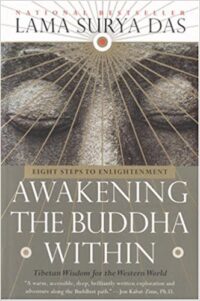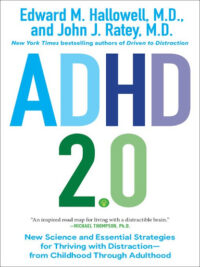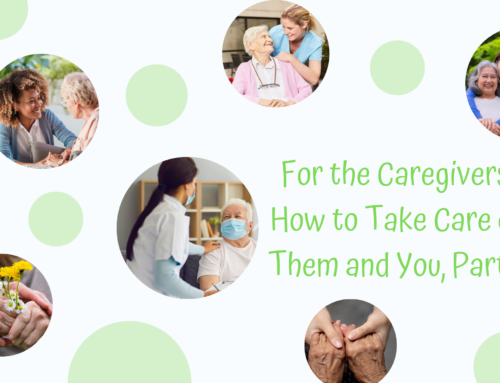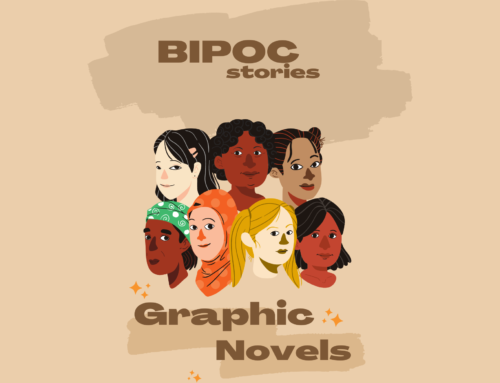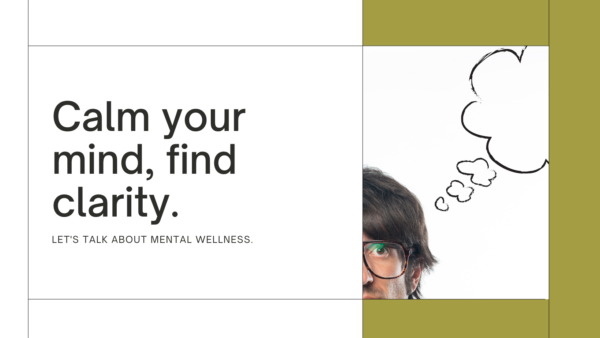
The air is filled with the smell of vanilla, sugar, and chocolate. Erykah Badu’s ‘Rimshot’ is blaring through the speakers. It’s Saturday morning, and I am making our household favorite – chocolate chip cookies. Then, I remembered I was supposed to clean the bathroom today. Oh no, I just realized I also have an appointment at 1 pm. It’s 11 am, and I probably won’t have time for both. “Scrtch, skkrt, scratch.” What’s that sound? Oh, right, it’s my dog scratching the same mysterious spot she’s been itching at for the past 3 days. Is it allergy season or something? It’s definitely time to take her to the vet or at least buy some over-the-counter medications to relieve her symptoms. *Grabs car keys off the mantle (…hope I remembered to turn off the oven).* This is a typical “free” Saturday for me. I often enter into the day with so much optimism because all the things I have pushed to the weekend can finally be done. Sounds perfectly typical, right?
Well, the reality is while my intentions are altruistic and pure, I mostly get so overwhelmed by the spiral of tasks on my to-do list that I find myself exhausted before even lifting a finger. I wonder, “Is there something more to my seeming inability to stay focused on one task for too long?” I surely can’t be the only millennial out there with this challenge. Included in the global discussion surrounding mental health, especially after the onset of the global health pandemic of 2020, is the idea that many young people are speaking out and are less ashamed about their experiences with attention-deficit/hyperactivity disorder (ADHD), autism, anxiety, and depression. In fact, I’ve noticed an increasing amount of posts on social media describing the experiences of people in my age group who are discovering their diagnoses in adulthood.
According to the National Institute of Mental Health (NIH), some challenges for adults with ADHD might include daily tasks such as getting up in the morning, preparing to leave the house for work, arriving at work on time, and being productive on the job, a history of problems with school, work, and relationships, restlessness and trying to do several things at the same time—most of them unsuccessfully, as well as preferring quick fixes rather than taking the steps needed to gain greater rewards.1 When assessing the symptoms of adults with ADHD, I couldn’t help but identify with several of them in some capacity. I had an “aha” moment when I learned that although ADHD is typically formed in childhood, and some believe it is a genetic disorder, many people do not learn of their diagnosis until adulthood because their symptoms intensify with the increased demands of their lives as adults.
Although scientists haven’t yet identified distinct medical causes for ADHD, there are many other environmental factors that may influence a person’s ADHD symptoms, including stress, familial pressures, grief and loss, brain injuries, nutrition, and social environments. Additionally, researchers have found that other mental disorders may accompany ADHD, including anxiety, mood, and substance use disorders.1 Is it possible, then, that with so many outside factors affecting a person’s ADHD symptoms and especially with so little research surrounding the causes of the condition, it is too premature to definitively label this condition a disorder? World-renowned authors Edward M. Hallowell, M.D. and John J. Ratey, M.D. aim to redefine impulsivity, distractibility, and hyperactivity as personality traits that most people have instead of symptoms through their work in ADHD 2.0: New Science and Essential Strategies for Thriving with Distraction–from Childhood through Adulthood. Their work is helping to demystify the language we use to describe mental health and further harness the inherent value in possessing some of these personality traits.
This research begs the question, then, what if our different abilities, as opposed to ‘disabilities,’ are actually our superpowers? In his book How to Be Human: An Autistic Man’s Guide to Life (available through Marina), Jory Fleming describes his experience as an adult with autism living in a world that favors the neurotypical. As the first autistic adult to attend Oxford University on a Rhodes scholarship, Fleming defies the notion that living with a neurodivergent brain hinders your ability to achieve greatness. If nothing else, Fleming’s story reminds us that atypical brains often breed innovative, entrepreneurial ideas and products that make our world better.
Psychotherapy has been cited as a treatment, not a cure, for many mental health conditions. According to the NIH website, “psychotherapy, including cognitive behavioral therapy, might help an adult with ADHD become more aware of attention and concentration challenges…improve organization and use of time in completing daily tasks.1” In my own journey, I’ve discovered that practicing mindfulness helps with my inattention. In 2018, I was introduced to the idea of cognitive behavioral therapy after my grandfather passed away, and I was struggling to pay attention to my projects at work. I sought psychotherapy treatments and even tried visiting a sound therapist. Gradually, my production at work increased as I practiced mindfulness using sound baths and guided meditation as treatments.
Whether or not you’ve been diagnosed with ADHD or anxiety, lots of us in the Western world could certainly benefit from being more mindful, especially as the world steadily changes around us and seasonal depression is a commonality during the colder winter months. Below is a quick 5-minute meditation on the Buddhist concept of aparigraha I’ve adopted as a part of my daily mindfulness practice. I am sharing it with you, dear readers, in hopes that it helps you as much as it has helped me feel a sense of calm when my brain becomes a bit too active.
Aparigraha – A 5-Minute Meditation on The Art of Letting Go
Envision yourself as a cloud hovering over yourself. Watch your thoughts come to you as they invade the stillness of your mind. Envision yourself inviting them to leave just as easily as they came. Remember, we may not like the outcome of a situation, but we must accept the reality of it and let go of the emotion we’ve attached to it in order to experience the peace already within our inner being. Think to yourself, “what am I holding onto so tightly that it’s creating obstacles in my life rather than letting my life flow?” Hold the thought in your mind, then simply let it go.
1 Attention-Deficit/Hyperactivity Disorder in Adults: What You Need to Know. (n.d.). National Institute of Mental Health (NIMH). https://www.nimh.nih.gov/health/publications/adhd-what-you-need-to-know
For additional reading on mindfulness, meditation and psychotherapy treatments for ADHD and other neurodivergent conditions, check out the following resources available at CCPL.
FOR FURTHER READING
Awakening The Buddha Within : Eight Steps To Enlightenment : Tibetan Wisdom For The Western World Surya Das, Lama, (Author)
Lama Surya Das, the most highly trained American lama in the Tibetan tradition, presents the first comprehensive book of Western Buddhism for the modern-day spiritual seeker…Surya Das shows how we can awaken to who we really are and thus walk the liberating, peaceful path of mindful and compassionate living. With lively language, meditations, and spiritual practices, this unique book provides a bridge between East and West, past, present, and future…This work illuminates such key principles as karma (what we do does matter), rebirth (every moment is an opportunity to start afresh), letting go (simplifying our lives by clarifying our hearts and minds), as well as conscious living and dying, and Dzogchen, the ultimate, mystical teaching of Tibet…it reveals how sacred wisdom, contemplative practice, and altruism can be integrated into our outer and inner lives–in our relationships, in the workplace, and at home.
-Description provided by Publisher
Adhd 2.0 : New Science And Essential Strategies For Thriving With Distraction-From Childhood Through Adulthood Edward M. Hallowell, M.D. and John J. Ratey, M.D.
A new approach reframing ADD/ADHD as a personality trait that most people have to some degree, featuring cutting-edge research and strategies to help readers thrive, by the internationally bestselling authors of the seminal ADD books Driven to Distraction and Delivered from Distraction World-renowned authors Edward M. Hallowell, M.D. and John J. Ratey, M.D. literally “wrote the book” on ADD/ADHD more than two decades ago. Their bestselling book, Driven to Distraction, largely introduced readers to the behaviors, diagnosis, and treatment of this “disorder” and sold more than a million copies along the way. Now, in ADHD 2.0, they present a revolutionary new idea: What if we viewed impulsivity, distractibility, and hyperactivity as personality traits instead of symptoms? Furthermore, what if we learned to value and harness these traits for the creativity and entrepreneurial spirit they tend to breed? Introducing the bold new concept that ADD/ADHD is really the outward manifestation of what they call the Variable Attention Stimulation Trait (V.A.S.T), Drs. Hallowell and Ratey–who both have this trait–update the science, research, and treatments (when necessary) now available for this ubiquitous condition. Through remarkable case studies, they also detail the latest innovative strategies and technologies for thriving at any age. As inspiring as it is inspirational, ADHD 2.0 stands to be the new bible for people on this trait spectrum”
–Provided by publisher.
Readers can find more articles and digital information related to ADHD, autism and anxiety/depression through the Gale OneFile: Psychology database using their library card number.

